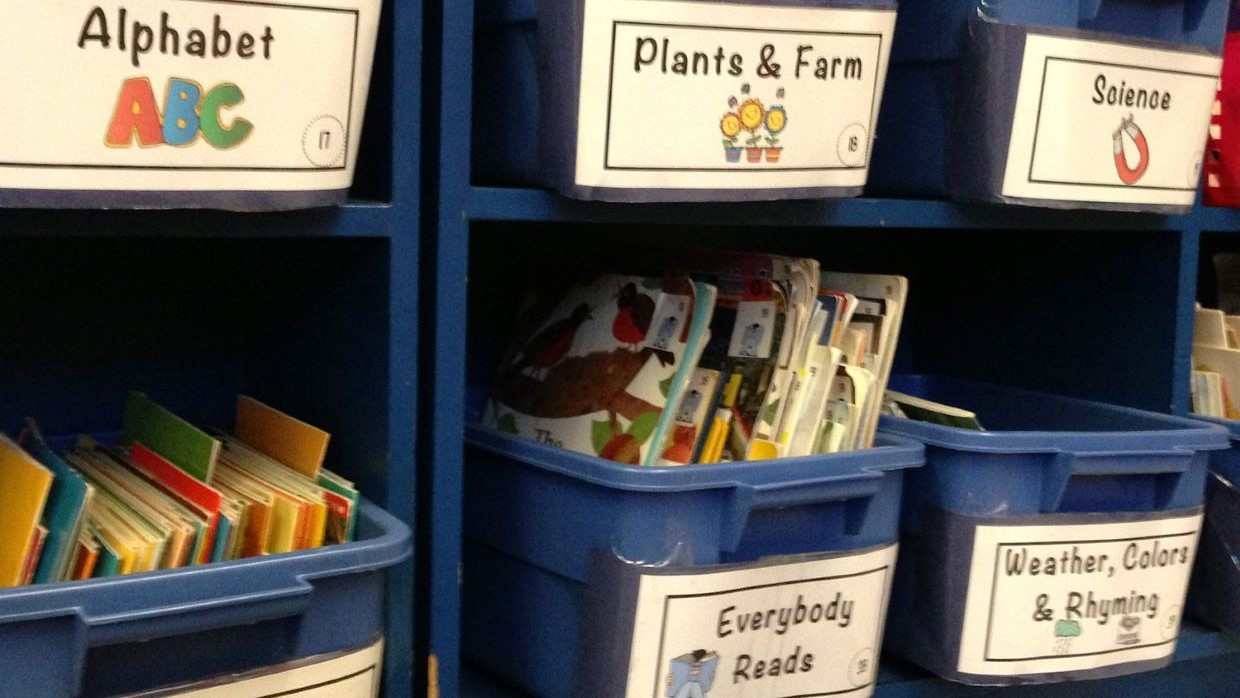For young readers to get the most out of their classroom library, it has to be organized in a way that makes it easy for them to find the books they want to read. Of course, there are a number of ways to do this, and if you’re a new teacher, you may be wondering what method is most effective.
Plus, check out these 11 must-have resources for an effective classroom library.
Whether you’re considering sorting your books by topic, level, or alphabetical by title or author, the questions and answers below will help you find the methods that are right for you.
What’s the best way to organize nonfiction books?
Many teachers organize nonfiction books by topic, as interest in a topic typically outweighs reading level. For example, if a student has a high interest in a topic but is reading at a lower level than the book is geared toward, they’ll still likely comprehend what they’re reading due to their interest in the topic.
Should nonfiction be further broken down by sub-topics and areas of interest?
Depending on the number of books you have and the size of your classroom library, sorting your nonfiction books into sub-topics and areas of interest—for example, autobiography or animals—is an effective organization strategy. If you have a large and growing classroom library, your students will know exactly where to find the type of books they’re most interested in and can further their reading by exploring other related topics.
What’s the most effective way to organize fiction books?
When it comes to organizing your fiction books, it all comes down to personal preference. Many teachers organize fiction books either by level, genre, or alphabetical by author. Organizing your books by genre is a great way to help students determine which types of books they enjoy as well as introduce new storytelling techniques. If you choose to organize your classroom library books by level, our book wizard is a great resource for organizing books and adding to your library. Some teachers even choose to level half their fiction collection specifically for independent reading and set aside the other half as “free reading” books for students to choose from. This is another great strategy to encourage students to explore new topics and areas of interests.
Should students have a say in how their classroom library is organized?
Absolutely! Students will always want to be able to find the books they want to read as quickly and easily as possible. Once you choose and implement an organization method for your classroom library, check in with your students to see how it’s working for them. They may have some tips or suggestions to help make their classroom library even more effective.
When it comes to organizing the books in your classroom library, these strategies and suggestions are a great starting point. How you ultimately decide to organize the books in your classroom library will be determined by the space you have to work with, the number and variety of books you have, but most importantly, by your personal preference and what works best for your students.
Get more great classroom library tips from the in-house Scholastic librarian here.
